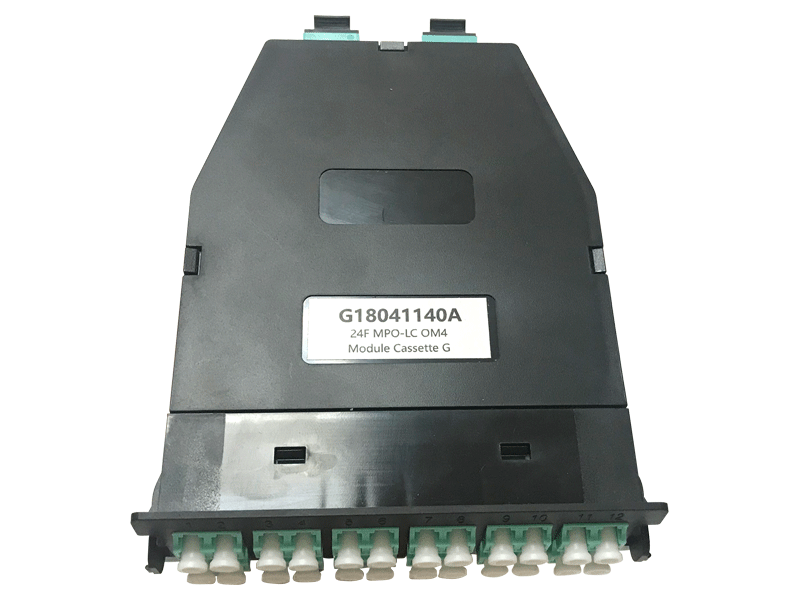
The Telecommunications Industry Association’s TR-42 Engineering Committee continues to develop and revise standard specifications pertaining to cabling components and systems. With many North American cabling projects specified to comply with TIA standards, these documents are among the most relevant to all parties involved in structured cabling system design, installation, certification, or management. This webcast seminar, hosted by Cabling Installation & Maintenance, provides an update on some of the new development and revision projects taking place within TR-42.
The ability to power network devices via twisted-pair communications cabling has far-reaching effects on layer-one infrastructure, including the pathways and spaces through which that infrastructure traverses a facility and the practices by which cabling is placed within those pathways and spaces. Addendum 2 to the TIA-569-D Telecommunications Pathways and Spaces standard will provide some specifications addressing the use of these spaces for cabling that carries the power to network devices. The addendum is still a work-in-progress; this presentation explains the rationale behind the development of TIA-569-D Addendum 2, including the effort’s primary objectives and progress that have been made on those objectives to this point.
Current TIA standards allow the twisted conductor pairs within a network patch cord to be between 22 (maximum) and 26 (minimum) AWG. As such, 28-AWG cords that have gained popularity in recent years are not standard compliant. The TIA TR-42.7 Telecommunications Copper Cabling Systems Committee recently formed a task group to study 28-AWG patch cords, with one possible outcome being the recognition of 28-AWG cords in the TIA-568 standard series. With this possible standards effort still in its infancy, this presentation discusses 28-AWG patch cords from the standpoint of their practical application. Describing scenarios in which these cords increasingly are being deployed, the presentation also discusses the maximum reach of channels that incorporate 28-AWG patch cords.
The TIA-598-D standard specifies color coding for the optical fibers within a single cable, as well as the color-coding of an optical-fiber cable’s exterior jacket. The next addendum to this standard will define lime green as the jacket color for OM5 fiber cabling. This presentation will describe the specifications of TIA-598-D and its addenda, providing practical information about how cable colors can and should be applied in the field. At the presenter’s discretion, the presentation also may provide detail on the latest multimode fiber performance level, OM5, including its performance levels, backward compatibility with previous-generation multimode fiber, and its anticipated applications.
Know more at www.copperled.com
Contact us at sales@copperled.com


